WHEN Kal Ho Naa Ho was released on November 28, 2003, it made an instant connection with audiences around the world and became the highest grossing Bollywood film of that year.
The story of a terminally ill man teaching those around him to embrace life and sacrificing his own happiness for the woman he loves combined entertainment with important life lessons.
Eastern Eye decided to mark two decades of the romantic comedy-drama with 20 fun facts connected to it.
- The initial title for the movie was supposed to be Kabhi Alvida Naa Kehna, which producer Karan Johar later used for his 2006 multi-starrer. It was changed to Kal Ho Naa Ho after Johar heard a song lyric that featured in 1997 film Hameshaa.
- Kal Ho Naa Ho was widely thought to have been inspired by 1971 Bollywood movie Anand, which itself was based on the Akira Kurosawa’s Japanese classic Ikiru (1952).
Saif Ali Khan with Zinta in the film
- The lead role was initially written with Kareena Kapoor in mind, who readily agreed to star in it. But the actress later backed out because she asked for more money than the producers were willing to give.
- Shah Rukh Khan had initially rejected the role because he was carrying a serious injury, and suggested Salman Khan be cast instead. But director Nikkhil Advani was willing to wait six months for the superstar actor to get better.
- Saif Ali Khan agreed to act in the film without hearing the story because he had regretted turning down Salman Khan’s role in Karan Johar’s record-breaking film Kuch Kuch Hota Hai (1998).
- Neetu Singh declined the chance to play Naina’s mother. It was then offered to Jaya Bachchan, but she was reluctant to take on the role, until the director convinced her it would be made in the style of legendary filmmakers Hrishikesh Mukherjee and Gulzar, both of whom the Bollywood legend admired. Shabana Azmi admitted in an interview she would have happily accepted the same role.
- There are uncredited quick cameos in the movie from actor Uday Chopra, choreographer Farah Khan and cinematographer Anil Mehta. Rani Mukerji and Kajol briefly appear in the song Mahi Ve.
- Even though the movie was set in New York, some of it had been shot in Toronto, Canada, due to escalating costs.
- With most copied Bollywood songs being used without permission for many decades, Kal Ho Naa Ho bucked the trend by officially getting the rights to recreate Roy Orbison classic Pretty Woman.
- Karan Johar later regretted taking the decision of giving up the chance to direct Kal Ho Naa Ho, and only producing it.
- Advani worked as an assistant director on Kuch Kuch Hota Hai (1998, Mohabbatein (2000) and Kabhi Khushi Kabhie Gham (2001) before making his full-fledged directorial debut with Kal Ho Naa Ho.
- Advani had never been to New York City before working on the film. He interestingly used films of Woody Allen, Martin Scorsese, Rob Reiner, and Nora Ephron to learn about life in the city.
- The iconic title track was composed at a German bakery in Pune by Loy Mendonsa, after Advani asked for a tune similar to My Heart Will Go On from Hollywood blockbuster Titanic (1997). The song was then completed by the trio Shankar Ehsaan Loy in the studio.
- This was the first of Karan Johar’s films to have jokes about a gay relationship. It was a theme he would revisit in films like Dostana (2008).
- At the beginning of the film Naina is seen running. A body double was used because lead star Preity Zinta had fallen and injured herself while shooting.
- Actor Arjun Kapoor worked as an assistant director on the film. He would make his acting debut nine years later in Ishaqzaade (2012). Others who worked as assistant directors on the movie included future filmmakers Punit Malhotra and Tarun Mansukhani. Another assistant director was Shiraz Siddique, who would go onto become a successful costume designer.
- Preity Zinta’s love interest was named Rohit (played by Saif Ali Khan). Earlier in the same year she starred opposite Hrithik Roshan and his character was also named Rohit. All three won Filmfare Awards for their performances. They were the two highest grossing movies of that year.
- There was an India-Pakistan unity angle that was edited out of the movie where Zinta is at an old people’s home with senior citizens from both countries. In fact, the famous scene where Shah Rukh Khan pretends to read from a diary was filmed there initially and later changed location.
- This was the last film Yash Johar produced before his death on June 26, 2004.
- The highest grossing Hindi cinema release of 2003, Kal Ho Naa Ho remains the most successful film of director Advani’s career and continues to delight audiences.
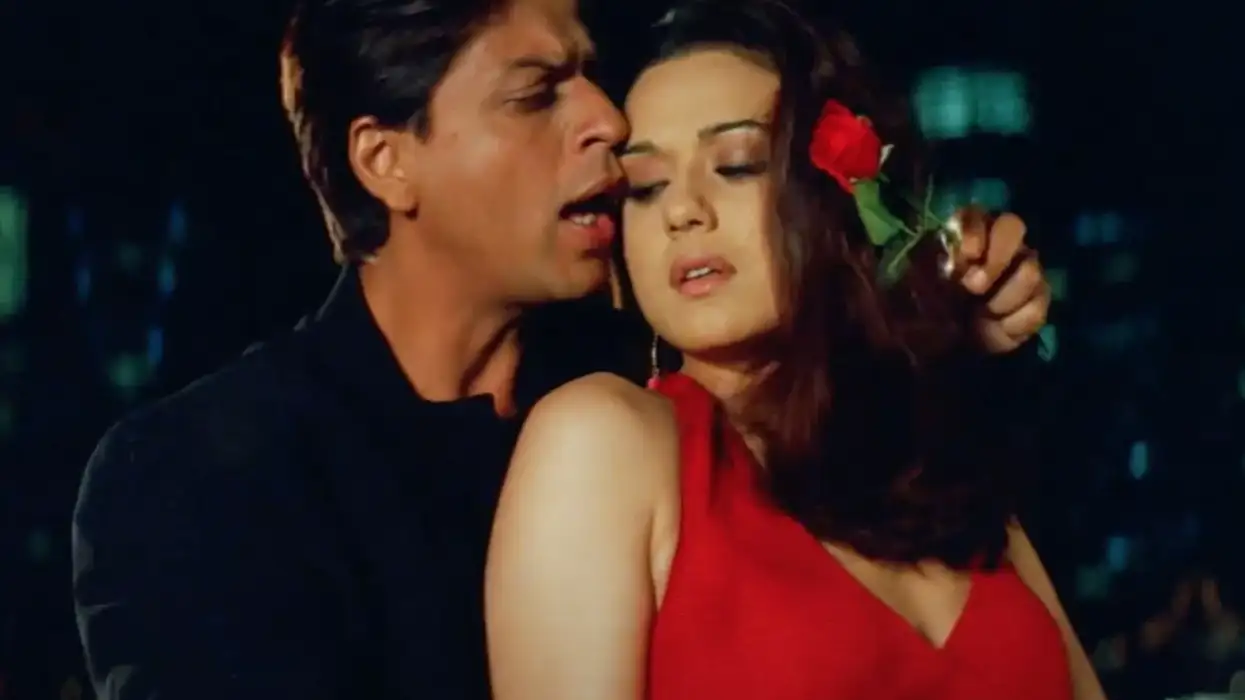
 Saif Ali Khan with Zinta in the film
Saif Ali Khan with Zinta in the film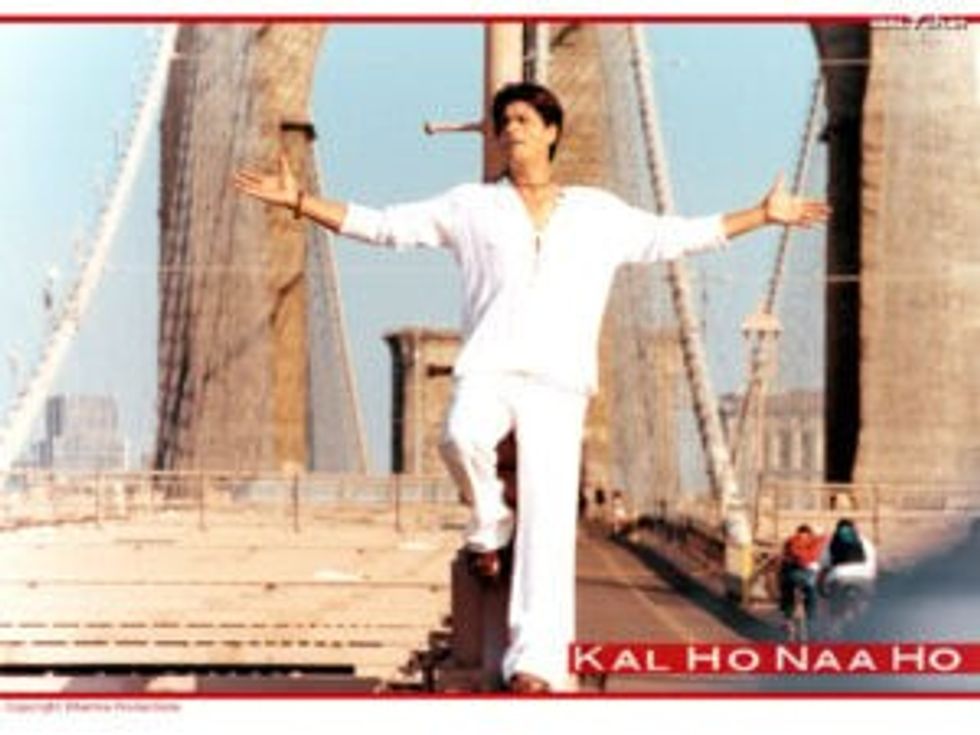
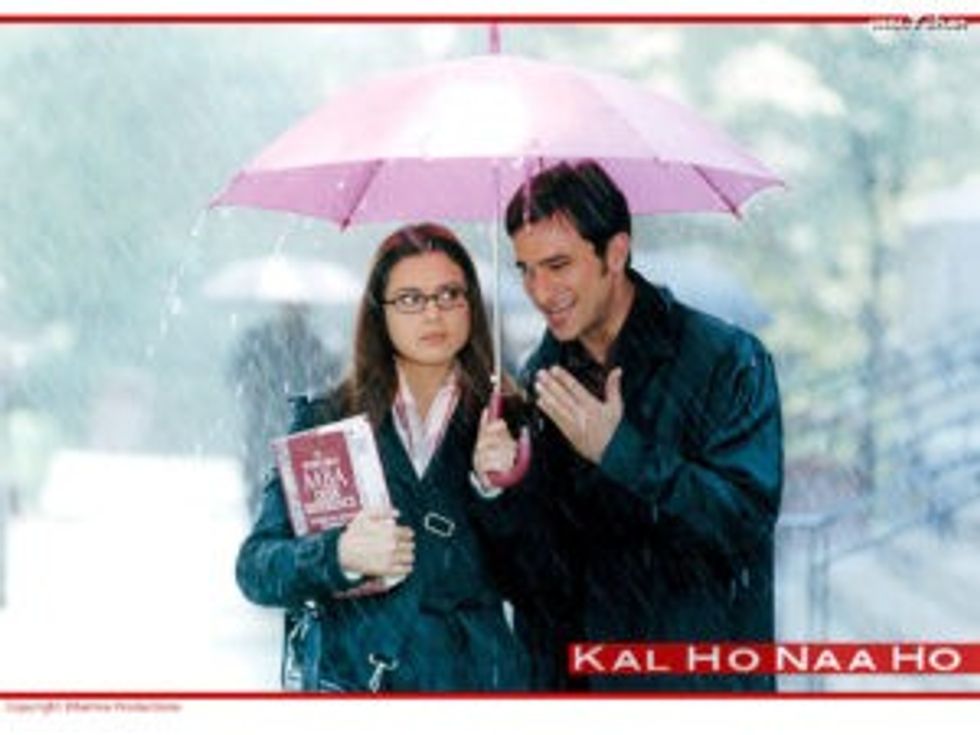





 Jonathan Mayer on the sitar and beyond Instagram/the_sitarist/ @sat_sim
Jonathan Mayer on the sitar and beyond Instagram/the_sitarist/ @sat_sim 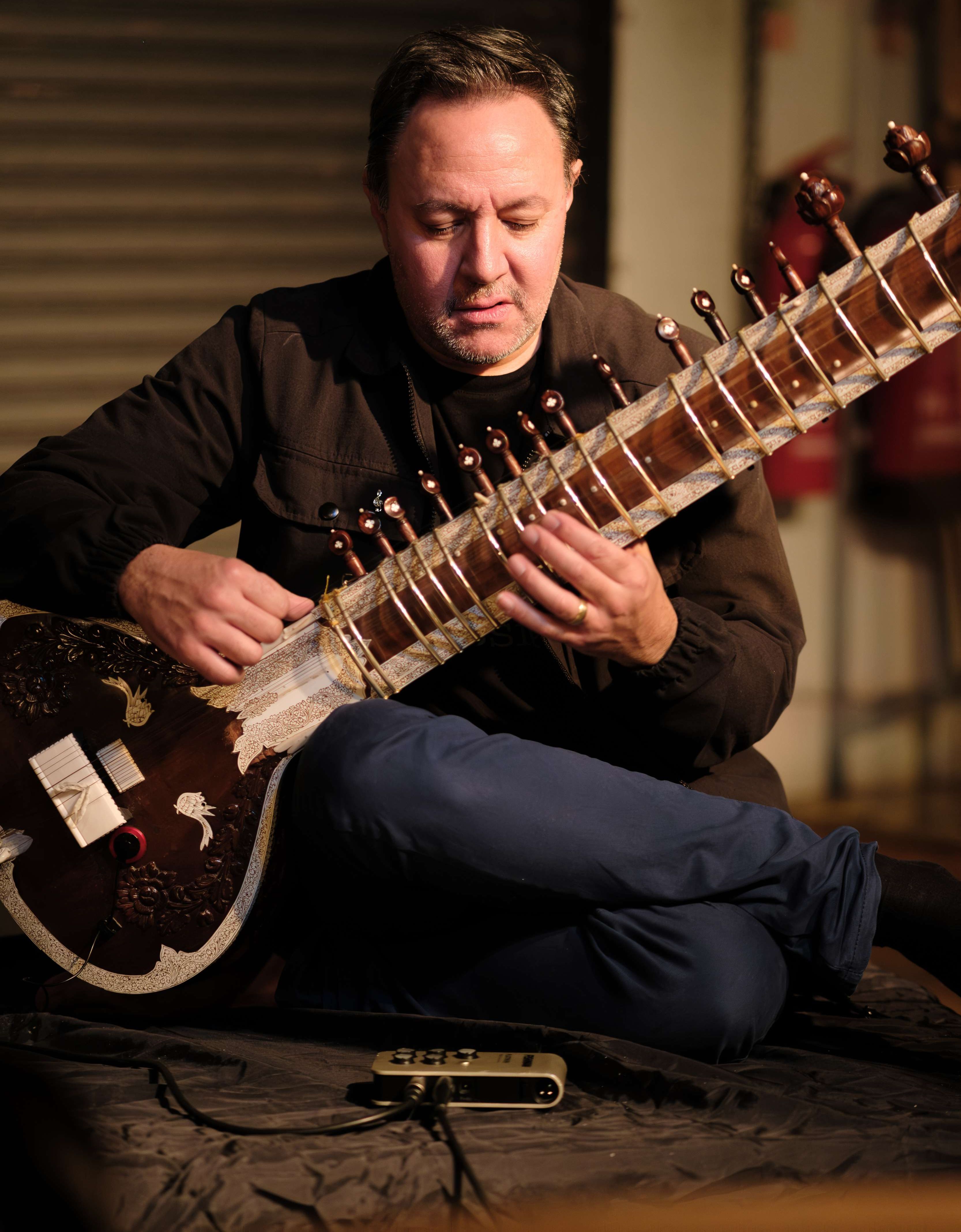 Redefining Indian classical music with Jonathan Mayer Akil Wilson
Redefining Indian classical music with Jonathan Mayer Akil Wilson Jonathan Mayer on music without boundaries Instagram/the_sitarist/
Jonathan Mayer on music without boundaries Instagram/the_sitarist/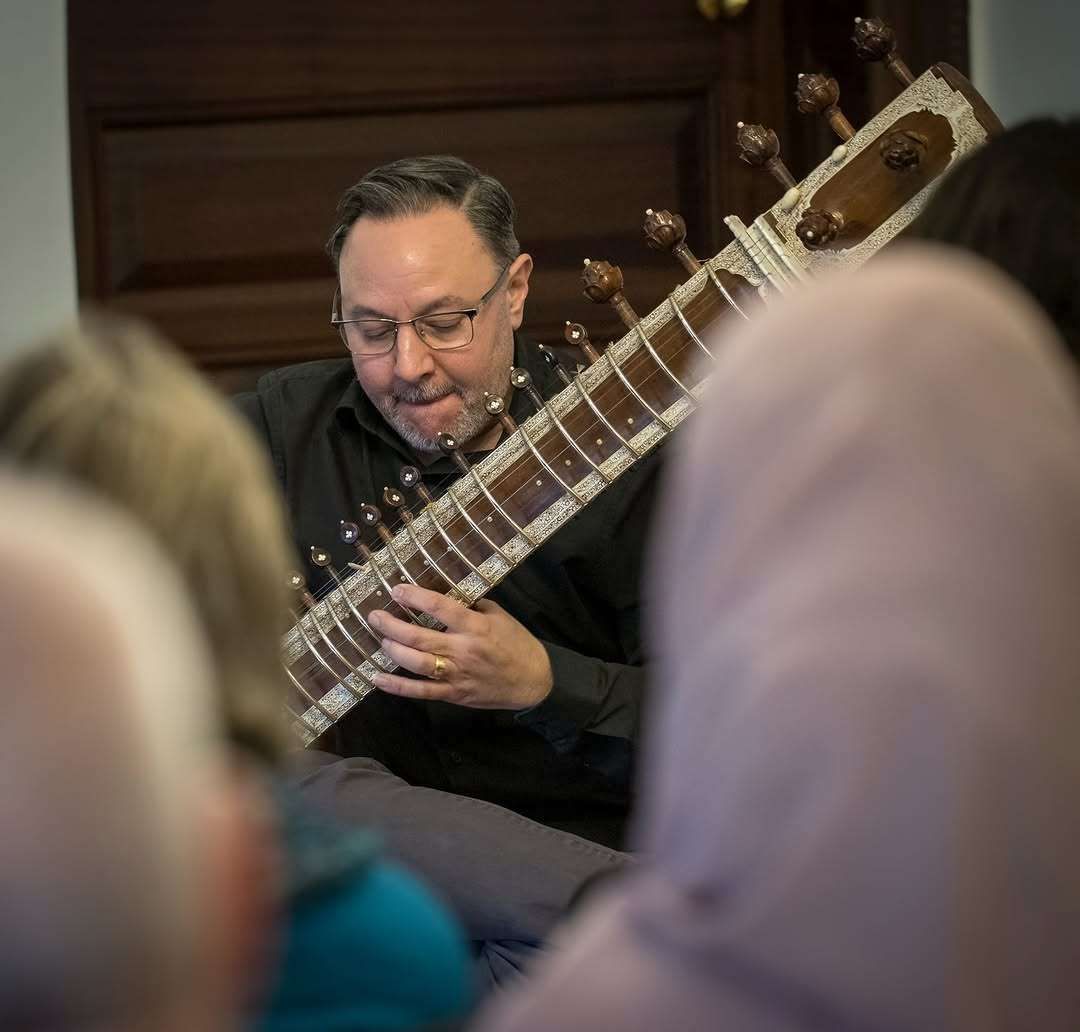 Jonathan Mayer on teaching and performing Indian music Instagram/
Jonathan Mayer on teaching and performing Indian music Instagram/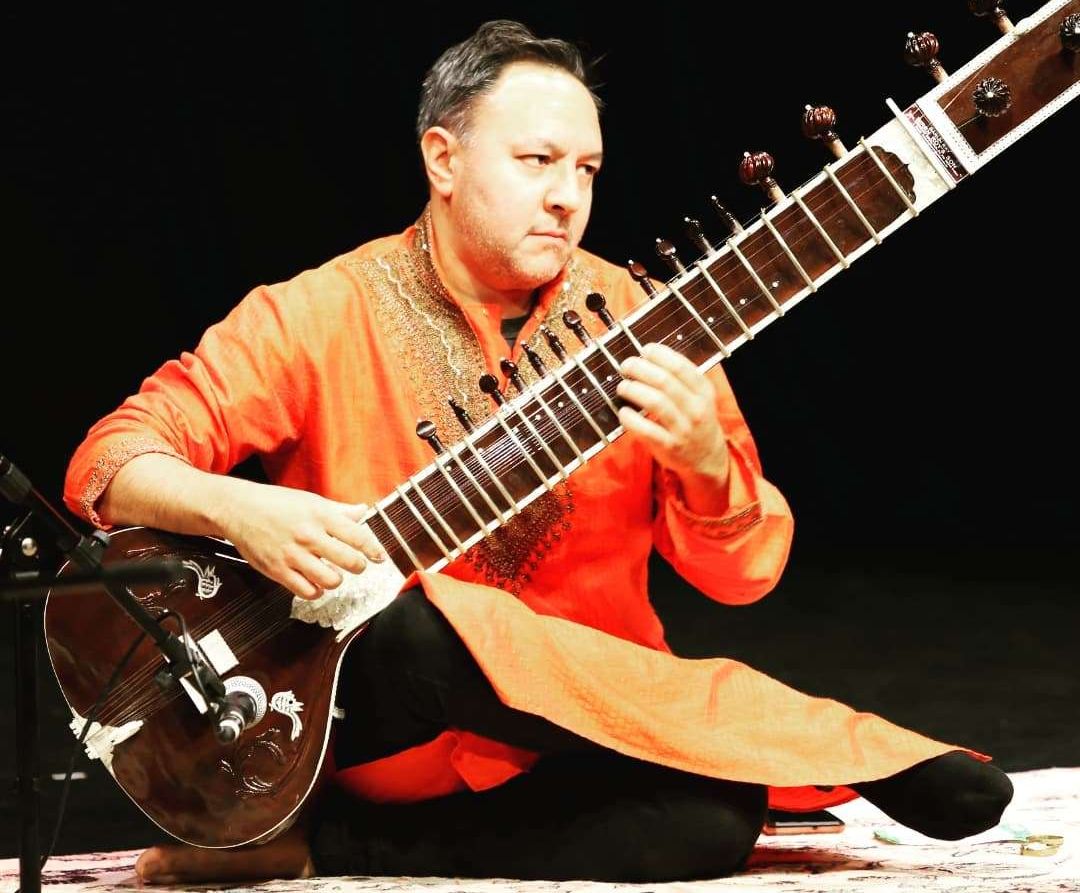 Jonathan Mayer about sitar as a voice of identityInstagram/
Jonathan Mayer about sitar as a voice of identityInstagram/





